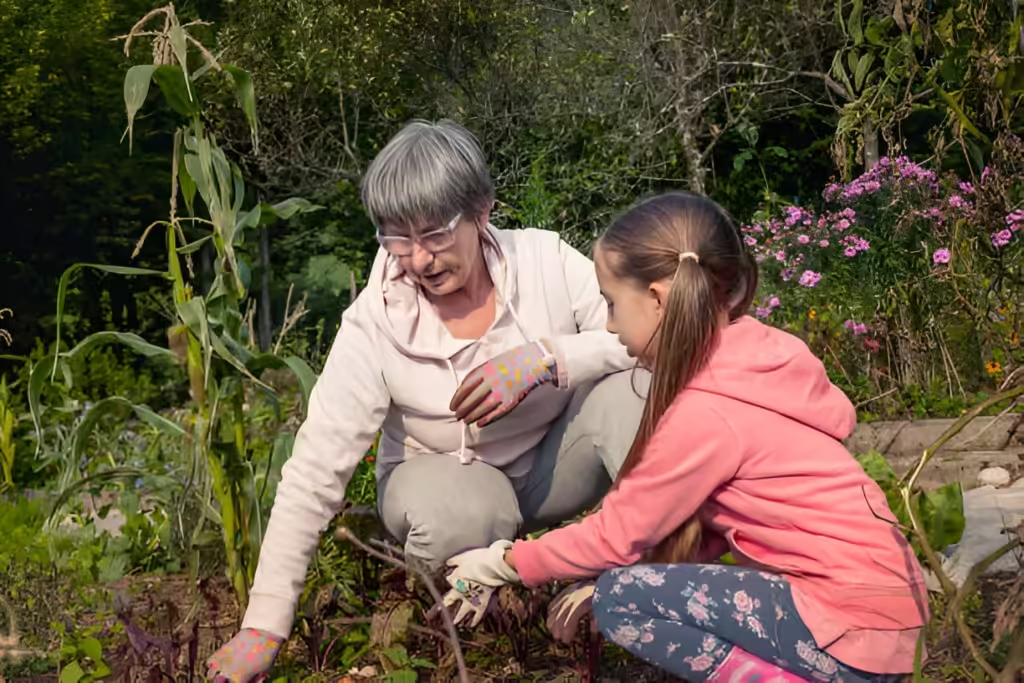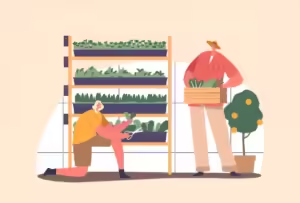As the vibrant hues of summer fade into the warm tones of fall, gardening enthusiasts face a new set of challenges and opportunities. Fall gardening is not just about preparing for winter but also about maximizing the potential of your garden. According to local organic farmer Jane Smith, “The fall season is a crucial time for gardeners to set the stage for a bountiful harvest and a vibrant garden next spring.” In this blog post, we’ll delve into Jane’s top six tips for successful fall gardening, ensuring that your garden thrives even as the temperatures drop.
1. Start Early for Best Results
One of Jane Smith’s most critical pieces of advice is to start your fall gardening tasks as early as possible. “The earlier you begin, the better your results will be,” she emphasizes. Fall gardening requires preparation, and starting early gives you ample time to plan and execute your tasks. Begin by assessing your garden’s current state and making a list of what needs to be done. This might include harvesting late crops, cleaning up debris, and preparing the soil for winter.
2. Choose the Right Plants for Fall
Selecting plants that are well-suited to the fall season can make a significant difference in your garden’s success. According to Smith, “Opt for hardy plants that can withstand cooler temperatures and shorter daylight hours.” Some excellent choices for fall planting include kale, Brussels sprouts, and hardy mums. These plants not only thrive in cooler weather but also add color and texture to your garden as other plants begin to fade.
3. Amend Your Soil
Healthy soil is the foundation of a successful garden, and fall is the perfect time to give your soil some extra care. Smith recommends amending your soil with organic matter, such as compost or well-rotted manure. “Adding organic matter improves soil structure, enhances nutrient availability, and promotes beneficial microbial activity,” she explains. This preparation will set your garden up for a successful spring growing season.
4. Protect Your Plants from Frost
As temperatures drop, frost can become a concern for fall gardens. Smith suggests using frost cloths or row covers to protect sensitive plants from unexpected frosts. “Covering your plants helps retain heat and shield them from frost damage,” she says. Additionally, consider planting frost-tolerant varieties that can better withstand cooler temperatures.
5. Plan for Next Spring
Fall gardening is not only about current crops but also about preparing for the future. Smith advises gardeners to use this time to plan for the upcoming spring season. “Take note of what worked well this year and what didn’t,” she suggests. This reflection will help you make informed decisions about seed selection, planting layout, and garden design for the next growing season.
6. Maintain Your Gardening Tools
Proper maintenance of gardening tools is often overlooked but is crucial for efficient gardening. Smith emphasizes the importance of cleaning, sharpening, and storing tools properly. “Well-maintained tools not only perform better but also last longer,” she notes. Before storing your tools for the winter, ensure they are clean and free from rust or debris.
Conclusion
Embracing fall gardening with these expert tips from Jane Smith can transform your garden into a thriving and vibrant space, even as the seasons change. By starting early, choosing the right plants, amending your soil, protecting against frost, planning for spring, and maintaining your tools, you set yourself up for gardening success. As Smith puts it, “Fall is the perfect time to lay the groundwork for a garden that will flourish come spring.” With these insights, you’re well-equipped to make the most of the fall gardening season.
FAQ Section
| Question | Answer |
|---|---|
| What are the best plants to grow in fall? | Hardy plants such as kale, Brussels sprouts, and hardy mums are ideal for fall planting. |
| How can I protect my garden from frost? | Use frost cloths or row covers to shield plants from frost. Consider planting frost-tolerant varieties. |
| Why is soil amendment important in fall? | Amending soil with organic matter improves its structure, nutrient availability, and promotes beneficial microbial activity. |
| When should I start preparing my garden for fall? | Start early in the fall to ensure ample time for preparation, including harvesting, cleaning, and soil preparation. |
| How do I maintain my gardening tools? | Clean, sharpen, and store gardening tools properly to ensure they perform well and last longer. |
This comprehensive guide to fall gardening not only provides practical advice but also ensures that your gardening efforts yield fruitful results. Enjoy the process of preparing your garden for the colder months and look forward to a vibrant spring ahead.








